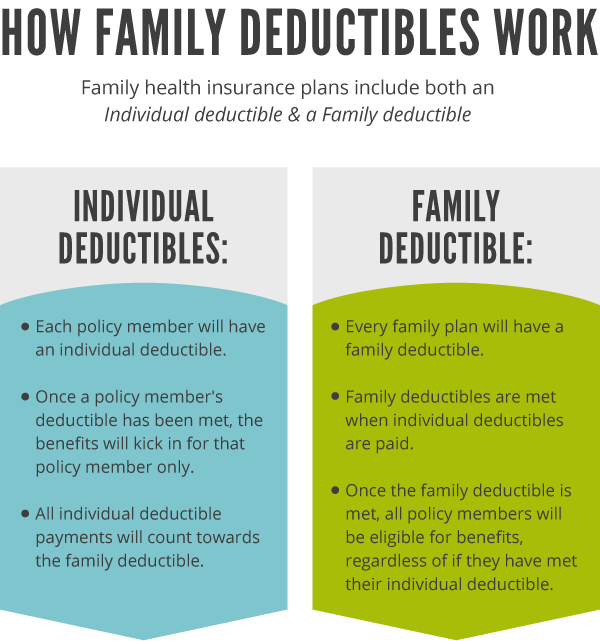Nonetheless, a state must ensure it offers a smooth, streamlined registration procedure for households. Going beyond the capabilities of the FFM in this area is a must-do for any state considering an SBM. Low-income individuals experience income volatility that can affect their eligibility for health timeshare cruise coverage and trigger them to "churn" regularly in between programs. States can use the greater versatility and authority that features operating an SBM to secure locals from coverage spaces and losses. At a minimum, in preparing for an SBM, a state not incorporating with Medicaid needs to deal with the state Medicaid agency to develop close coordination in between programs.
If a state instead continues to transfer cases to the Medicaid agency for a decision, it should avoid making people supply additional, unnecessary info. For instance it can make sure that electronic files the SBM transfers include details such as eligibility factors that the SBM has actually already verified and confirmation files that candidates have sent. State health programs should make sure that their eligibility rules are lined up which various programs' notifications are collaborated in the language they use and their regulations to applicants, especially for notifications informing individuals that they have actually been rejected or ended in one program however are most likely eligible for another.
States need to guarantee the SBM call center workers are adequately trained in Medicaid and CHIP and must develop "warm hand-offs" so that when callers need to be transferred to another call center or firm, they are sent directly to someone who can help them. In basic, the state ought to provide a system that appears seamless across programs, even if it does not fully incorporate its SBM with Medicaid and CHIP. Although decreasing expenses is one factor states mention for changing to an SBM, savings are not guaranteed and, in any case, are not an adequate reason to undertake an SBM transition.
It might likewise constrain the SBM's spending plan in manner ins which restrict its capability to successfully serve state residents. Plainly, SBMs forming now can run at a lower expense than those formed prior to 2014. The brand-new SBMs can lease exchange platforms already developed by private suppliers, which is Click for more less costly than constructing their own technology facilities. These vendors offer core exchange functions (the technology platform plus client service functions, consisting of the call center) at a lower cost than the amount of user costs that a state's insurance providers pay to utilize the FFM. States therefore see an opportunity to continue collecting the very same amount of user charges while utilizing some of those revenues for other purposes.


As a beginning point, it works to look at what a number of longstanding exchanges, including the FFM, spend per enrollee each year, along with what several of the brand-new SBMs prepare to spend. An assessment of the budget plan files for numerous "first-generation" SBMs, along with the FFM, reveals that it costs approximately $240 to $360 per marketplace enrollee per year to run these exchanges. (See the Appendix (How much is gap insurance).) While comparing different exchanges' costs on an apples-to-apples basis is difficult due to distinctions in the policy choices they have made, the populations they serve, and the functions they perform, this variety provides an useful frame for taking a look at the budgets and policy decisions of the 2nd generation of SBMs.
Nevada, which just transitioned to a complete state-based marketplace for the 2020 strategy year, anticipates to invest about $13 million annually (about $172 per exchange enrollee) once it reaches a consistent state, compared to about $19 million each year if the state continued paying user fees to federal government as an SBM on the federal platform. (See textbox, "Nevada's Shift to an SBM.") State authorities in New Jersey, where insurers owed $50 million in user charges to the FFM in 2019, have actually said they can utilize the very same total up to serve their homeowners much better than the FFM has done and strategy to shift to an SBM for 2021.
State law requires the total user costs gathered for the SBM to be kept in a revolving trust that can be used just for start-up costs, exchange operations, outreach, registration, and "other ways of supporting the exchange (How does cobra insurance work). What is a deductible in health insurance." In Pennsylvania, which plans to introduce a full SBM in 2021, authorities have actually stated it will cost as low as $30 million a year to operate far less than the $98 million the state's individual-market insurers are anticipated to pay towards the user cost in 2020. Pennsylvania plans to continue gathering the user fee at the exact same level but is proposing to utilize in between $42 million and $66 million in 2021 to develop and fund a reinsurance program that will minimize unsubsidized premium expenses starting in 2021.
What Does What Does Travel Insurance Cover Mean?
It stays to be seen whether the lower costs of the brand-new SBMs will be adequate to provide top quality services to customers or to make meaningful enhancements compared to the FFM (How does insurance work). Compared to the first-generation SBMs, the new SBMs often take on a narrower set of IT modifications and functions, rather concentrating on standard functions similar to what the FFM has actually achieved. Nevada's Silver State Exchange is the first "second-generation" exchange to be up and running as a complete SBM, having simply completed its very first open registration duration in December 2019. The state's experience up until now shows that this shift is a considerable undertaking and can present unexpected obstacles.
The SBM met its timeline and budget targets, and the call center worked well, answering a big volume of calls prior to and throughout the enrollment duration and addressing 90 percent of concerns in one call. Technical problems emerged with the eligibility and enrollment procedure but were detected and solved rapidly, she stated. For instance, early on, almost all customers were flagged for what is generally an uncommon data-matching issue: when the SBM sent their information electronically to the federal information services center (a system for state and federal agencies to exchange info for administering the ACA), the system found they may have other health protection and asked to upload files to deal with the matter.
Repairing the coding and cleaning up the data solved the problem, and the affected customers received accurate determinations. Another surprise Korbulic cited was that a substantial variety of individuals (about 21,000) were found ineligible for Medicaid and moved to the exchange. Some were newly applying https://260882.8b.io/page10.html to Medicaid throughout open registration; others were former Medicaid recipients who had been discovered ineligible through Medicaid's routine redetermination procedure. Nevada chose to replicate the FFM's procedure for handling people who seem Medicaid eligible namely, to send their case to the state Medicaid agency to finish the determination. While this lowered the complexity of the SBM shift, it can be a more fragmented process than having eligibility and enrollment procedures that are incorporated with Medicaid and other health programs so that individuals who apply at the exchange and are Medicaid eligible can be directly registered.